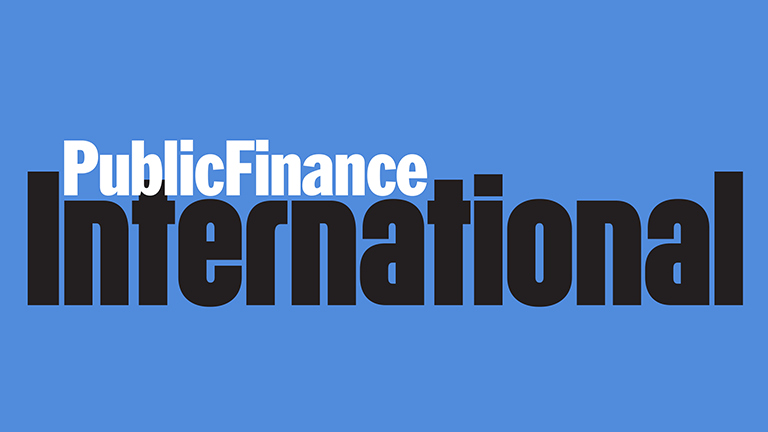Saint Kitts and Nevis has made sound progress in climbing out of its debt crisis but there is still work to be done, the International Monetary Fund has said.
The two-island Caribbean country requested emergency financial aid from the IMF four years ago after the global financial crash of 2007/08 worsened an already brewing debt crisis. Public debt peaked at 160% of gross domestic product in 2010 but had already been deemed unsustainable in 2006 after growing steadily in the decade leading up to the global financial crisis.
A three-year support programme was agreed in 2011 and Saint Kitts and Nevis was given access 52.5m in Special Drawing Rights, the IMF’s reserve asset.
In an evaluation of this programme published yesterday, the IMF applauded the country’s “home-grown” efforts at economic recovery, which had seen “substantial improvements” in macroeconomic conditions and a return to robust growth.
Debt restructuring has contributed to a steep reduction in overall public debt and placed debt ratios on a downward path, but there is still progress to be made.
Important fiscal reforms and larger-than-expected savings accumulated under the government’s Citizenship by Investment Programme (CBI) were found to have contributed to significant improvements.
However, the IMF directors warned it might be prudent to design programmes that strengthen fiscal buffers given the potential risk of windfalls from the CBI programme beginning to decline.
They said that it was now important to ensure that fiscal discipline remained permanent in Saint Kitts and Nevis, for example through further efforts to contain the country’s wage bill, which prescribed increases in wages for workers in the country’s 2014 budget.
Directors also encouraged closer coordination between the federal government and the Nevis Island administration on financial management, capacity building and policy implementation.












